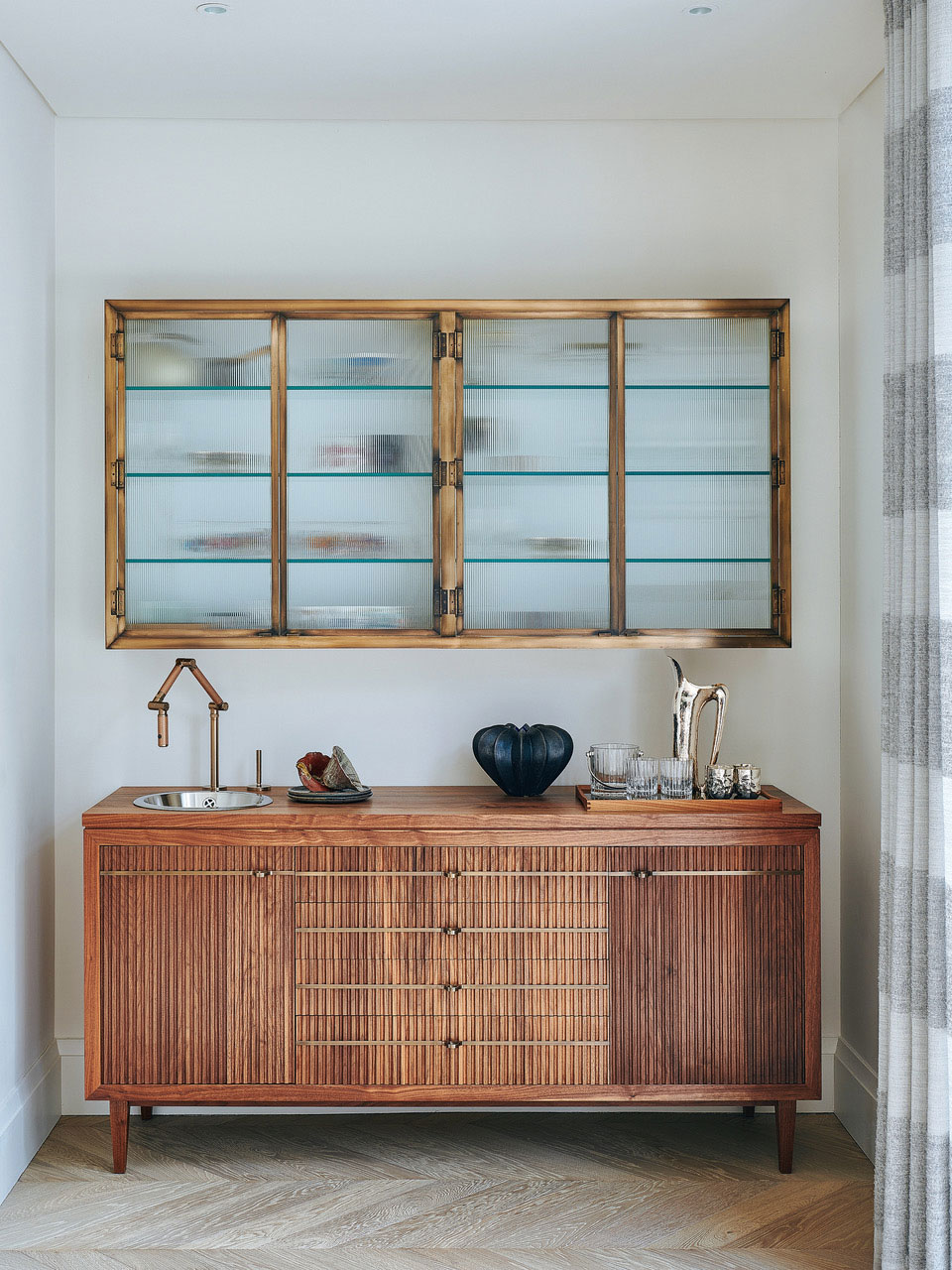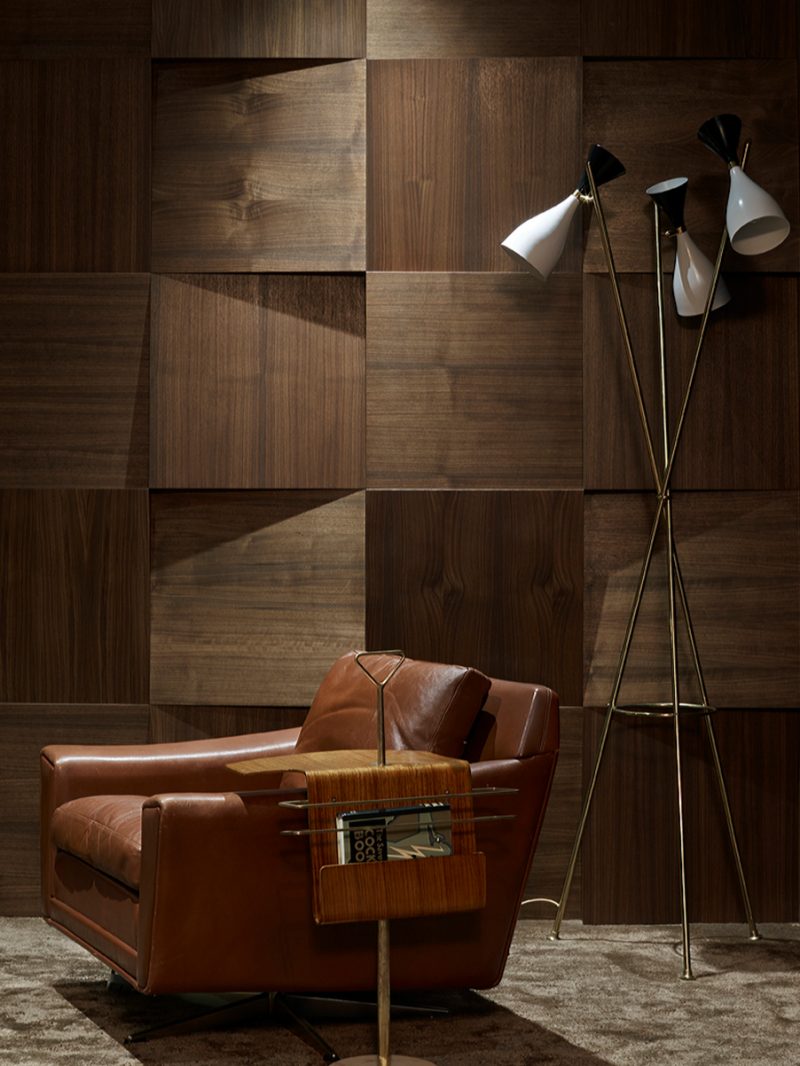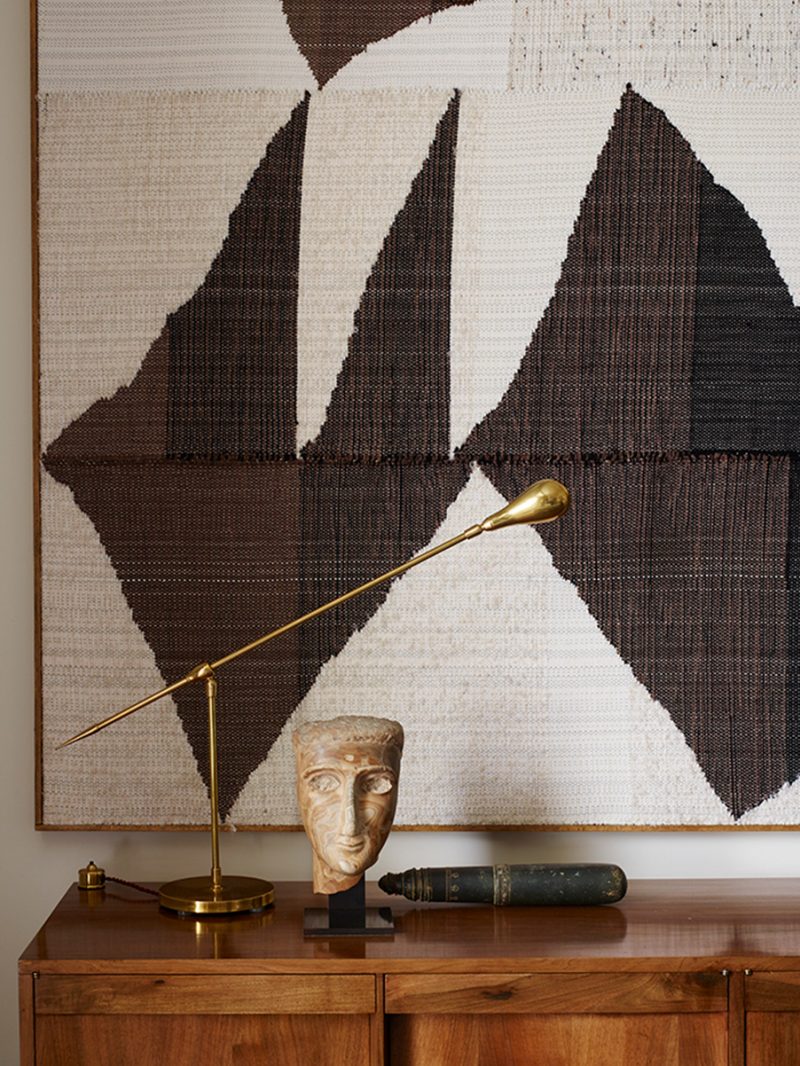Brazilian Modernism
The altering relationship between exhubarism and minimalism; vivid tropical colours and sober design; almost brutalist geometry and unctuous organic shapes characterise a movement striking in its simplicity.

‘Stylistically the texture and graphic patterns of Brazil emerge here, which again are all about this marriage of nature and graphic form, modernism and nature,’ explains Hubert Zandberg of HZI. ‘It is an incredibly buoyant and vibrant art scene and historic design juxtaposition of brutalism in a tropical environment, which makes it so aesthetically powerful.’
Born on the winds of change blowing in from Europe in the 1950s, Brazilian Modernism in many ways encapsulate the zeitgeist brought on by the Industrial Revolution. The design language became so prevalent that it could be found in anything from art and homeware to architecture and landscape design, integrating everything in an elegant way. ‘Brazilian design gives modernism a more lyrical sense, and it does it with these incredible natural materials and always a little flourish of the organic and the free spirit of the people,’ Hubert continues. ‘It gives Bauhaus a bossa nova twist.’
‘For me proper design stands the test of time and has a certain rigour that you find in the Brazilian concept,’ he explains. With its juxtaposition of heritage from German Bauhaus and Italian design to indigenous ‘ethnic’; influences, the classic designs effortlessly sit in a modern syntax.

‘HZI has a very eclectic style and we encourage our clients to be clever when they do the interiors of their houses: we advise that it is worth having a small amount of really good pieces that build a collection and start a certain dialogue. Brazilian modernist pieces have to juxtapose and fit into a wider project for us, and they do that rather easily,’ effectively and effortlessly communicating with European and African design elements.

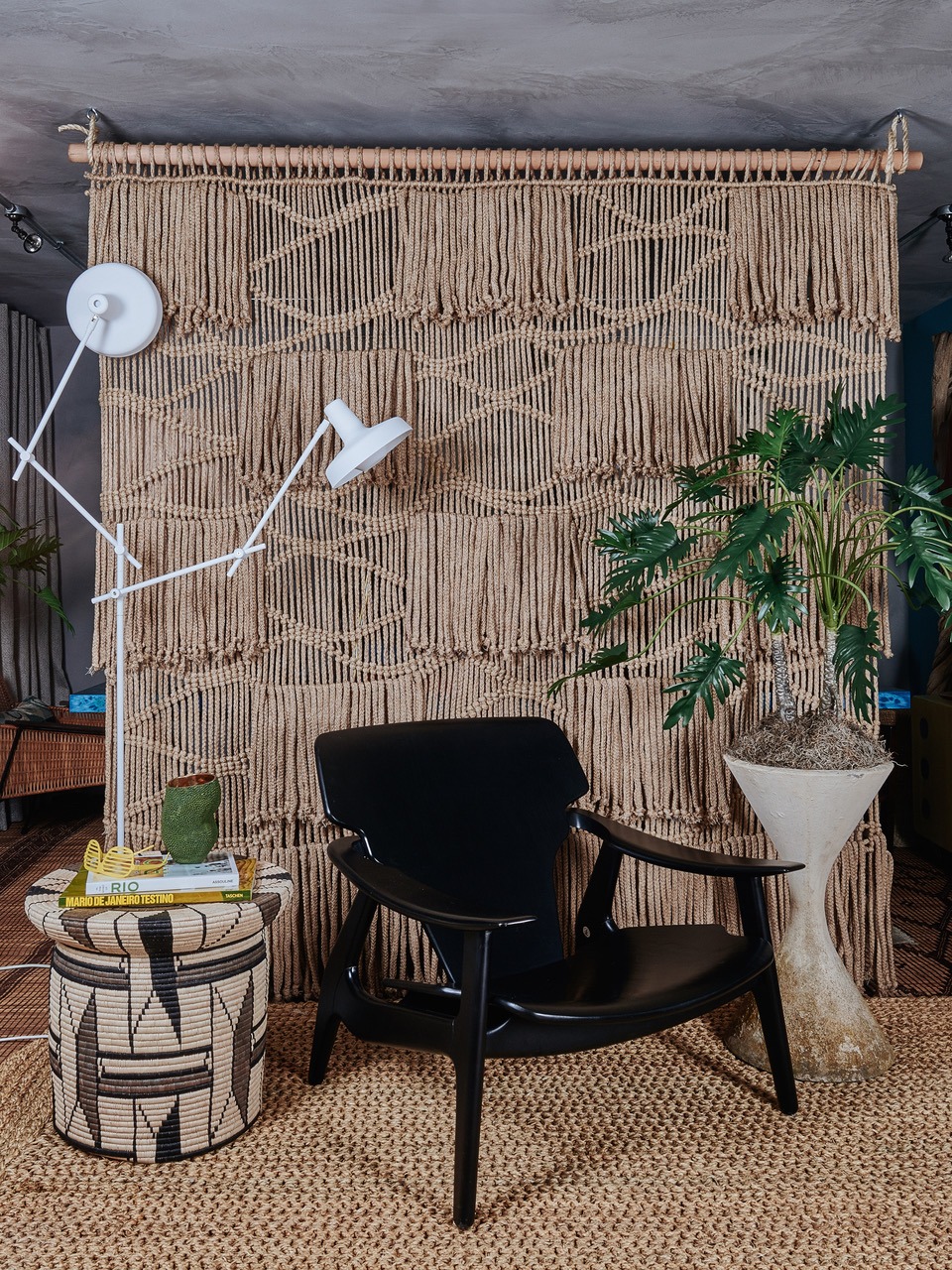
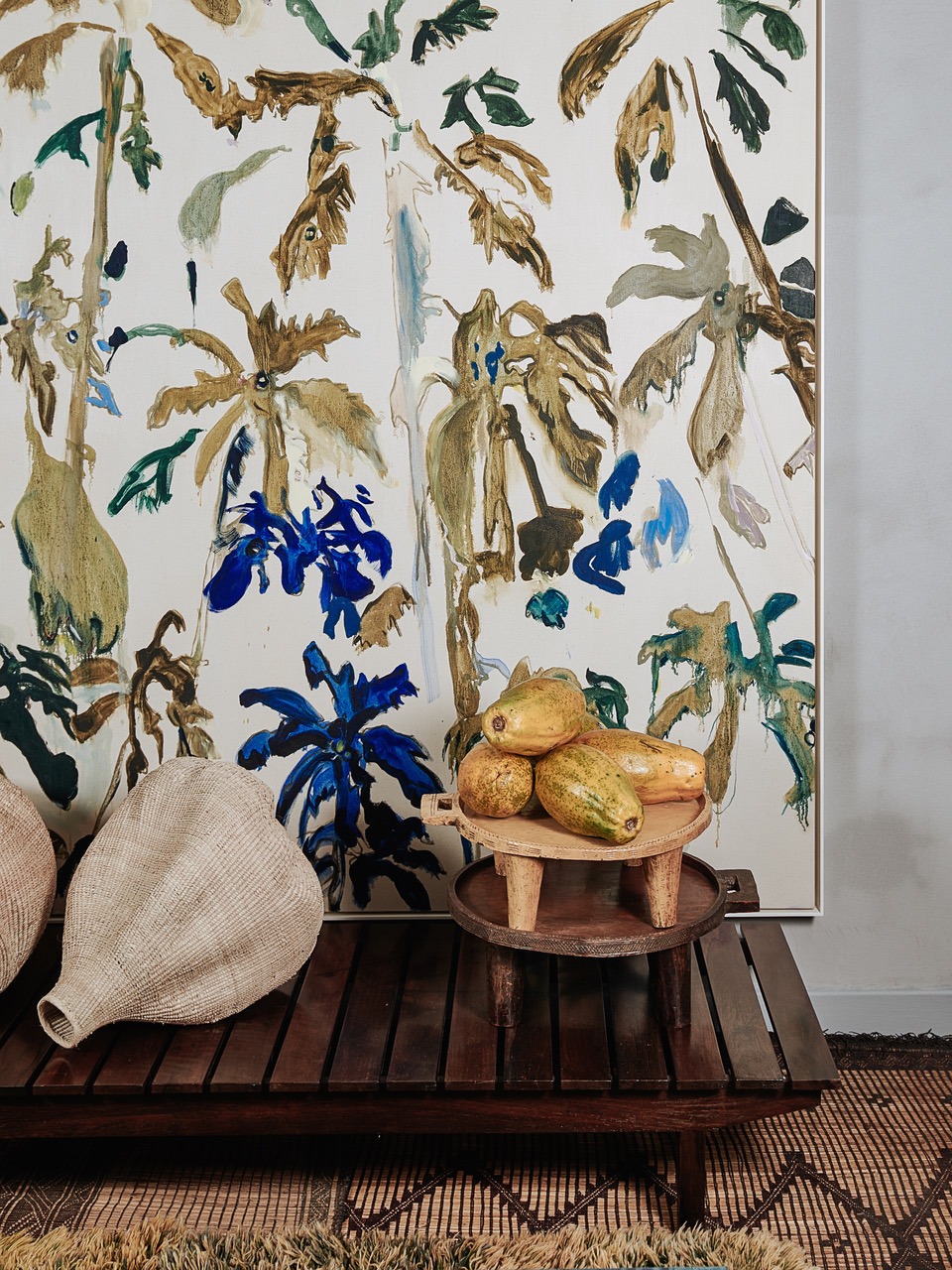
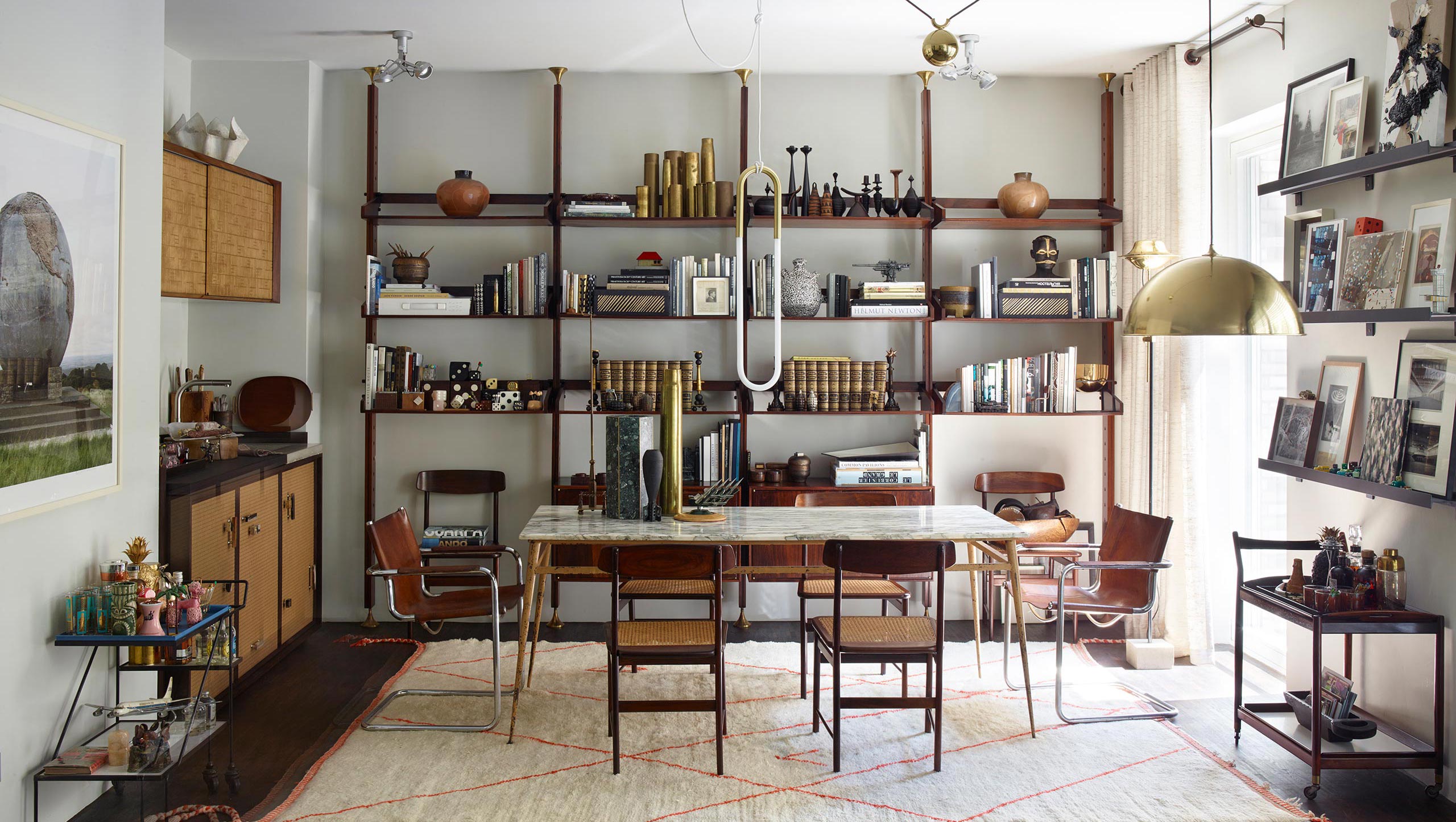
The movement flourished on the creative output of Oscar Niemeyer, Sergio Rodrigues, Zanine Caldas and Joaquim Tenriero.
In 1963, designer Sergio Rodrigues was tasked with the design, production and installation of 250 seats for the new University of Brasilia Auditorium in the Brasilia – a monumental undertaking to construct a new federal capital for the country. The caveat; he had only 20 days.
Given the immense constraints, Rodrigues turned to natural materials readily available (including tropical wood and leather) and putting local craftspeople, including saddlers, to work – giving birth to a movement greatly influenced by what is available locally in terms of materials and know how.


This is by no means a novel influence but in the case of Brazil it had a distinct outcome. Hubert explains when comparing the development of art and craft between Brazil and other developing countries; ‘There’s one very important difference and that is that Brazil has this incredible fresh perspective that came via the influence of the varied European immigrants. The vigorous influence wielded by the rigour of the European modernist movement created a powerful cornerstone for the local architecture and design community. Where the rest of South America and Africa kind of went with what I call the “tropics route”, Brazilian designers only show this in certain elements of their design. It is evident there is also an academic rigour that elevates their craft to a sophisticated level of mature, more meditative design; a sense of tropics that’s lifted with an underlying modernist tone, which I believe anchors it and gives it a certain gravitas.’
A gravitas greatly contributed to by star architect Oscar Niemeyer, one of the movement’s greatest members. Niemeyer bestowed a lasting legacy of buildings so daring in their geometry that it reads as extravagant in its simplicity.
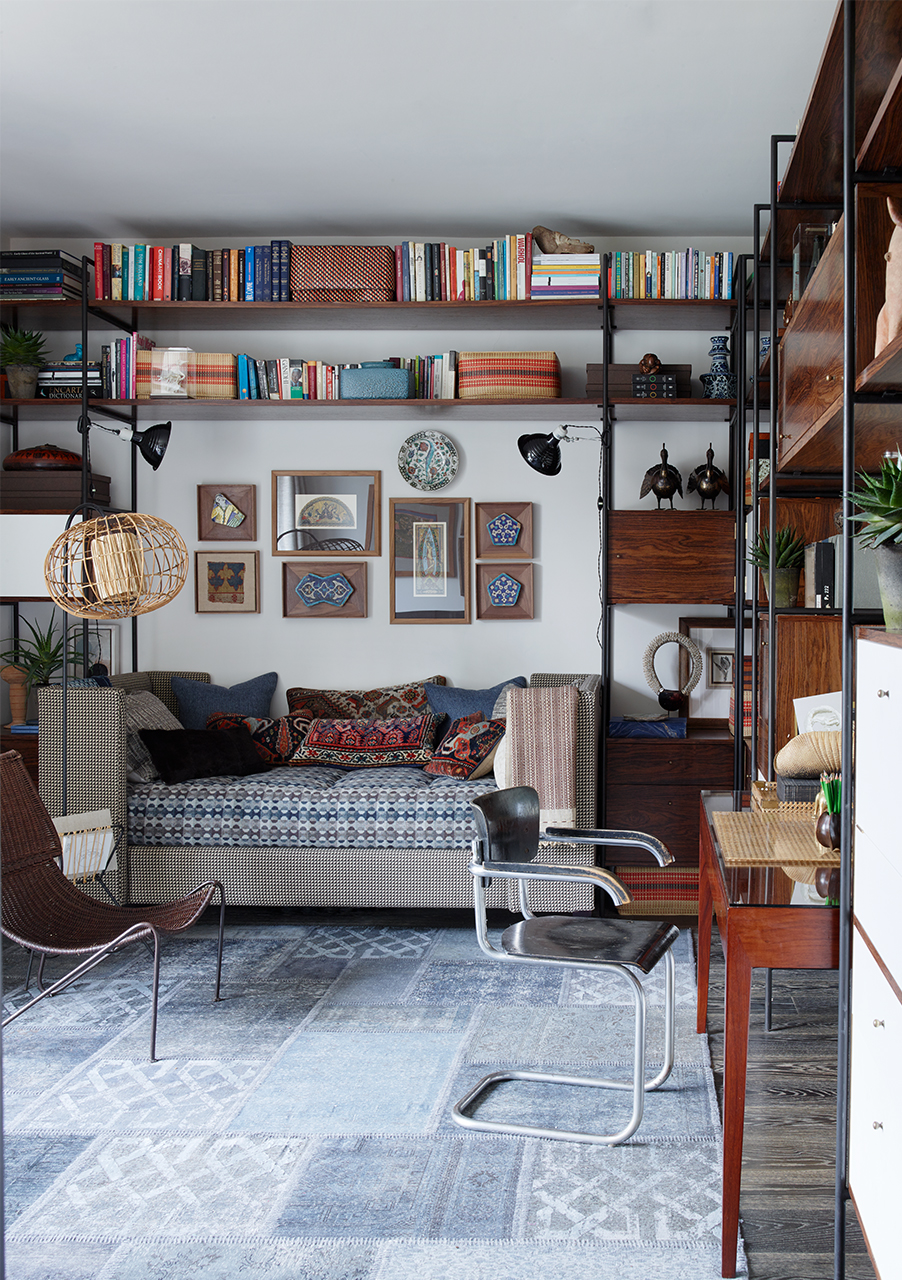
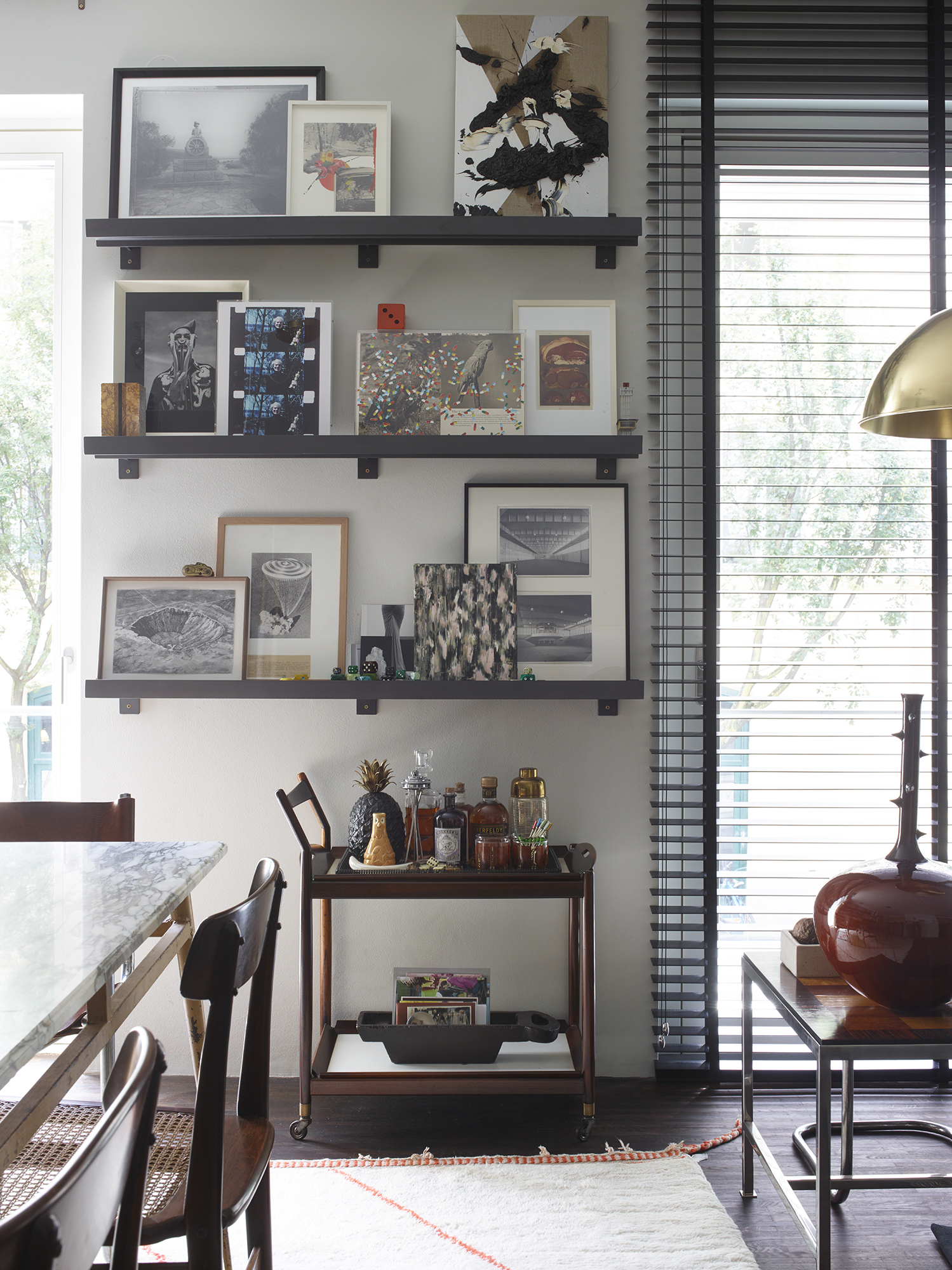

It is perhaps this paired back, almost monastic design language that underpins
Jaoquim Tenreiro design approach which he described as, ‘a lightness that has nothing to do with literal weight but rather is about elegance and spatial functionality.’ His style merged luxurious colonial details with paired down utilitarian design.
‘Whether it’s with regards to design or whether it’s how you dress, there’s a sense of freedom and lightness that Brazilians embrace. There’s also a certain youthfulness in the culture, or agelessness rather, that appeals very much to me, and you can really apply that to anything whether it’s design or how you express yourself. A sort of ‘ageless optimism’ that one experience there and that I hope to achieve’, concludes Hubert.
